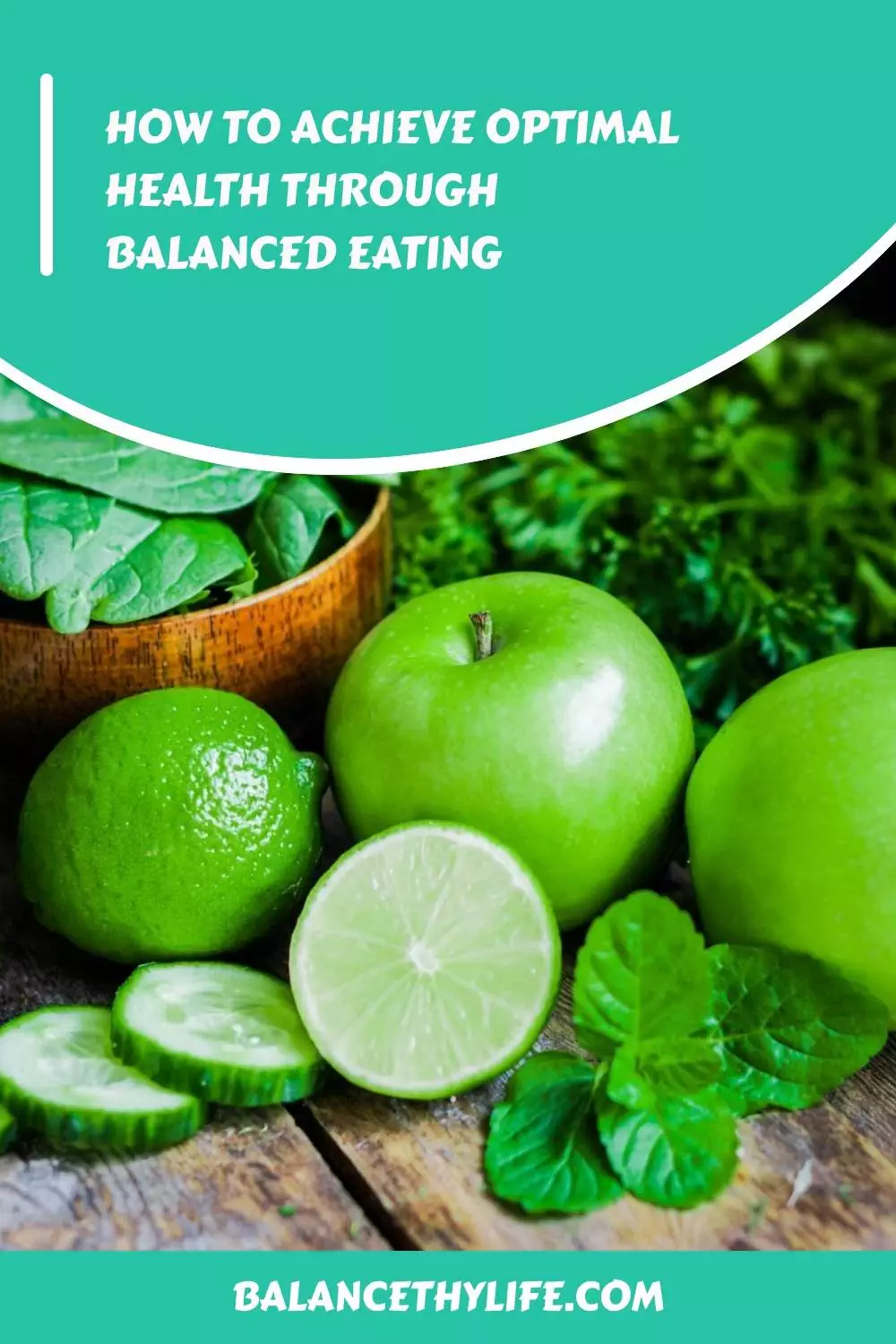Are you ready to take control of your health and achieve optimal well-being? If so, then it’s time to learn about balanced nutrition. A balanced diet is essential for maintaining good health, preventing chronic diseases, and improving overall quality of life. In this blog post, we will explore the concept of balanced nutrition, its importance, and how to create a balanced meal plan that works for you.

Introduction to Balanced Nutrition

Balanced nutrition refers to consuming a variety of foods from all food groups in appropriate proportions to maintain good health. It involves eating a range of fruits, vegetables, whole grains, lean proteins, healthy fats, and dairy products. The key is to avoid overconsumption or underconsumption of any particular food group.
The Importance of a Balanced Diet
A balanced diet provides the body with all the necessary nutrients, vitamins, and minerals it needs to function properly. It helps to maintain a healthy weight, reduce the risk of chronic diseases such as heart disease, type 2 diabetes, and certain types of cancer. Additionally, a balanced diet can improve mental health, increase energy levels, and enhance overall quality of life.
How to Create a Balanced Meal Plan
Creating a balanced meal plan involves considering the different food groups and their recommended servings per day. For instance, a typical balanced meal plan should include:
Fruits and Vegetables: 5-9 servings per day
Whole Grains: 6-8 servings per day
Lean Protein: 3-4 servings per day
Healthy Fats: 1-3 servings per day
Dairy Products: 3 servings per day
End Sugar Addiction for Better Health
One of the most significant challenges facing modern society is sugar addiction. Consuming too much added sugars can lead to obesity, high blood pressure, and other related health problems. To end sugar addiction, start by reducing your intake of processed foods and drinks that contain high amounts of added sugars. Instead, opt for natural sources of sweetness like fresh fruit.
A Sample Balanced Diet Food List
Here are some examples of foods that can be included in a balanced diet:
Fresh fruits (apples, bananas, berries)
Raw veggies (carrots, celery, broccoli)
Whole grains (brown rice, quinoa, oatmeal)
Lean protein (grilled chicken breast, fish, legumes)
Healthy fats (avocado, nuts, seeds)
Low-fat dairy products (milk, yogurt, cheese)
Achieving Optimal Health Through the Balanced Plate Method
The balanced plate method is an excellent way to visualize what a balanced meal looks like. Imagine a dinner plate divided into three sections. One section should consist of non-starchy vegetables, another section should have whole grains or starches, while the final section should contain lean protein. You can also add a small side dish of low-fat dairy products or healthy fats. By following this simple rule, you can ensure that every meal you eat is balanced and nutritious.
In conclusion, achieving optimal health through balanced nutrition is possible if you make informed choices about the foods you consume. Start by creating a balanced meal plan, reducing your intake of added sugars, and incorporating a variety of foods from all food groups. With these tips in mind, you can enjoy better health and improved quality of life.









